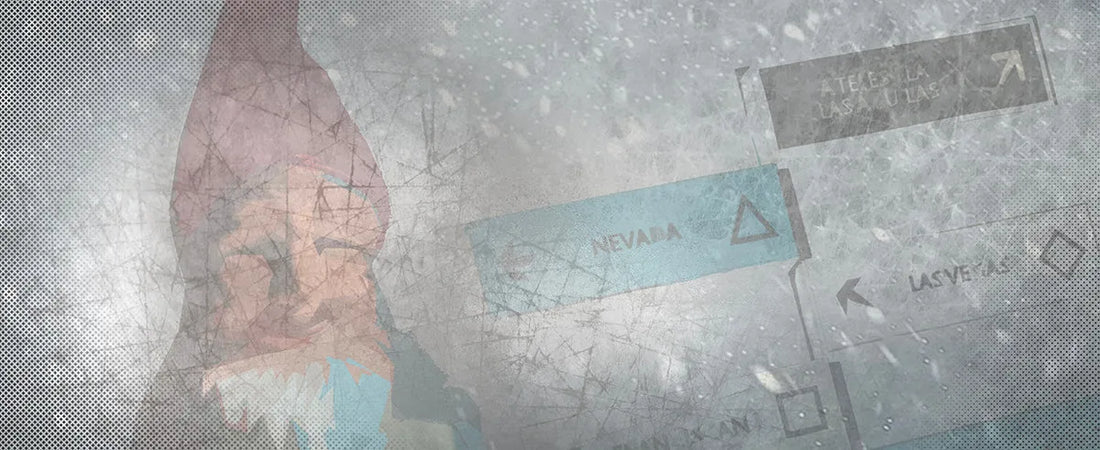
Why do my boots look white & hazy?
Share
Not all funky stuff on the surface of your boots is necessarily mold and mildew. It’s a good idea to determine what you’re dealing with so that you know how to handle it.
There are two primary reasons for white stuff to appear on the surface of your leather boots or shoes:
- The growth of microorganisms (fungus or bacteria) on the surface of the leather, or
- Oils or salts migrating from within the leather and crystallizing on the surface.
How can you tell what the funky stuff is on the surface of your leather?
If your boots have been stored in a damp place or were put away wet, and if they smell like mold or mildew, it’s a good bet that you’re dealing with fungus and/or bacteria growing on your leather. In part 1 we discussed how to deal with fungus and bacteria.
If you’re pretty sure moisture hasn’t been an issue and your boots don’t smell moldy, the funky white haze on the surface may be “fatty bloom” or “fatty spue (spew).” This white “bloom” is the result of fats, oils, or waxes used in the tanning process which have begun to migrate through the leather and crystallize on the surface. Changes in temperature or humidity will often make these oils and waxes move to the surface of the leather. If you’ve had your boots in storage for a while you may notice this white haze when you unpack them.
Sometimes this white bloom is a result of the waxes and oils that you may have applied as a dressing on your boots or shoes. Oh, and by the way, we’re talking about boots and shoes here, but any oil tanned leather can potentially reveal this bloom. Your bags, belts, jackets or other leather goods could look white and hazy, too.
Regardless of whether the bloom results from internal oils or external oils, the big thing to remember about fatty bloom is that it’s not harmful to the leather. It just really detracts from the leather’s appearance.
What to do:
Applying a small amount of MooBuzz® Natural Leather Protection with a soft but sturdy cloth, like an old towel, and rubbing briskly will often make the bloom disappear. Gently heating the leather with a hair dryer or other low temperature heating device can also help the oils move back into the leather. Don’t use too much heat! It can wreck your leather.
And remember, less is more when it comes to applying leather oils, balms, waxes and polishes. Wipe away excess dressings when you’re caring for your boots or you may be surprised by a white buildup along seams. It’s not harmful, just not particularly attractive.
Another type of bloom called “salty bloom” can result from salts used in the leather tanning process. Sometimes a salt line will appear on the surface of your boots if they get wet from rain or sweat. This salt is coming from inside the leather and moving to the surface. It can usually be wiped away with a damp cloth. Don’t use too much water to remove the salt or you may cause more salt stains to appear. Applying a small amount of MooBuzz after the salt is gone and your boots are dry will make your boots look great.
This “salty bloom” is not the same type of salt stain that appears from salt that is spread on roads and sidewalks in snowy and icy weather. Salt coming from OUTSIDE the leather can permanently scar the surface of your boots or shoes. This “external” salt should be neutralized with a mild solution of vinegar and water (see: How to remove salt stains from leather) and the leather should be allowed to dry thoroughly.
Always remove surface salt and other grit from your boots and shoes before polishing or conditioning. A light coat of MooBuzz® All-Natural Leather Protection on clean, dry boots is always a good idea. It will protect them from water and external salt damage and will keep them looking their best.

1 comment
Used this on my boots after my second week in a police academy (they got pretty tore up in those two weeks) and it brought my leather back to life! It also helped the shine on the toes look shinier!! I also Appreciated the hand written thank you note! I will continue to support!